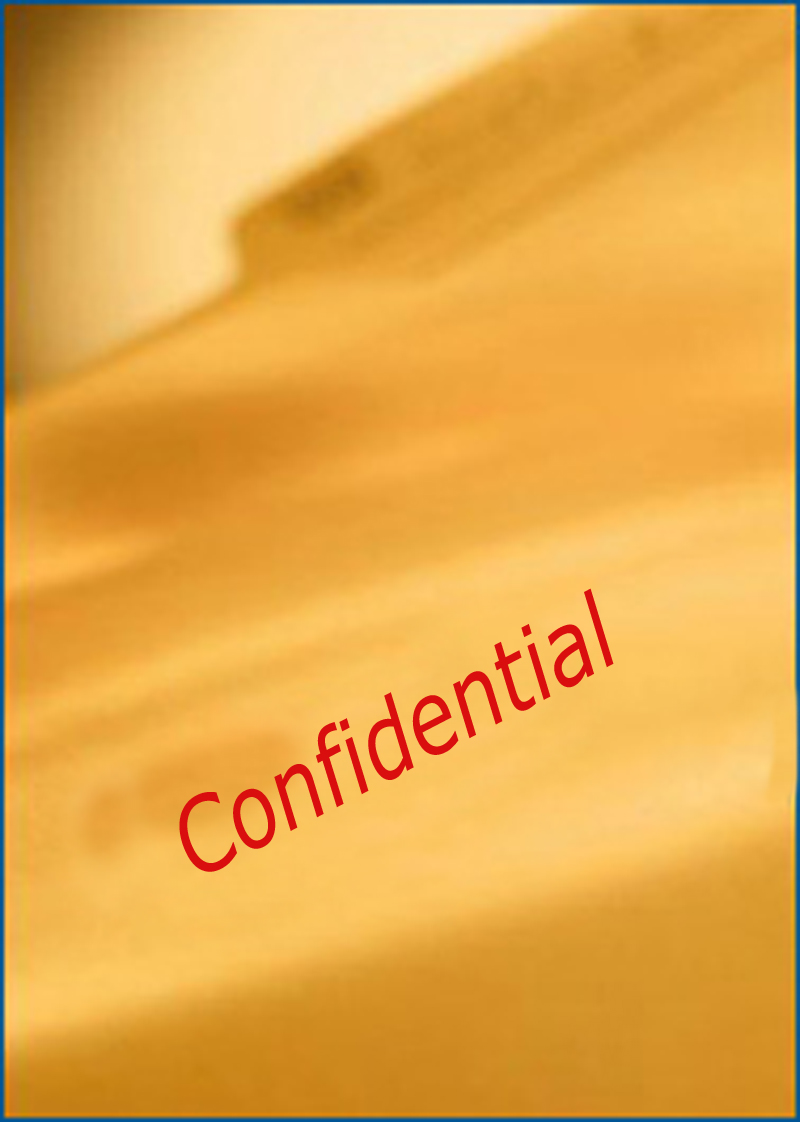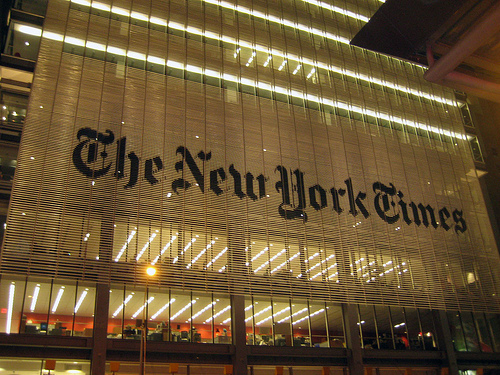 It's time for a Catholic culture wars flashback.
Let's set the way-back machine for last summer, when the Womenpriests movement held one of its ordination rites in Baltimore. As one would expect, this event was glowingly covered -- sort of -- by The Baltimore Sun. I focused, in posts at the time, on this particular passage:
It's time for a Catholic culture wars flashback.
Let's set the way-back machine for last summer, when the Womenpriests movement held one of its ordination rites in Baltimore. As one would expect, this event was glowingly covered -- sort of -- by The Baltimore Sun. I focused, in posts at the time, on this particular passage:
Andrea Johnson, presiding as bishop, ordained two women from Maryland, Ann Penick and Marellen Mayers, one from Pennsylvania and one from New York in the sanctuary of St. John’s United Church of Christ. The church was filled with family members -- including husbands of three of the ordinands -- and friends, including some who are employed by the Archdiocese of Baltimore but who support the ordination of women. Photography was limited to protect the privacy of those attending the ceremony.
I noted, with two clicks in Google, that one of the ordinands was a former faculty member/campus minister at one of most powerful Catholic schools in our region -- Archbishop Spalding High School. This fact was not included in the news story. And what about the fact that the Sun agreed to abide by the instructions not to photograph the audience. In mean, who would be present who needed the safety of anonymity? I wrote at that time:
... (I)t sounds like the Sun agreed not to photograph the congregation in order to protect the privacy of Catholics -- Catholic educational leaders or diocesan staff, perhaps -- who could not afford to make public their support of the Womenpriests movement. I don’t know about you, but that seems strange -- unless editors had decided to protect those individuals as sources for the story. If that’s the case, perhaps that should be stated?
I bring this up because of some of the reactions I have heard -- in or comments pages and through private emails -- to my post that ran with the headline, "New York Times scoop! Catholic same-sex unions!" The post focused on a story that included lots of clearly attributed quotes and information from religious leaders in quite a few churches that are being rocked or even divided by conflicts over homosexuality and the definition of marriage.
That's good. Journalists like clearly attributed information.
But then there was this passage in the Times report:
The dividing lines are often unpredictable. There are black churches that welcome openly gay couples, and white churches that do not. Some Presbyterian churches hire openly gay clergy members, while others will not. The Roman Catholic Church teaches that homosexual behavior is a sin, but there are Catholic priests who secretly bless gay unions.
The story offers no attribution for the final claim, which is an A1 story in the making if I have ever seen one. The story also, and this is the key, does not offer any context for this claim or information about its source, including why the source of needs to remain anonymous -- or in this case, not even mentioned. The information simply shows up.
Does this matter? Well, I noted that this would appear to violate a New York Times editorial policy document that states, in part:
Readers of The New York Times demand to know as much as possible about where we obtain our information and why it merits their trust. For that reason, we have long observed the principle of identifying our sources by name and title or, when that is not possible, explaining why we consider them authoritative, why they are speaking to us and why they have demanded confidentiality. Guidance on limiting the use of unidentified sources, and on informative description of those we do use, has appeared in several editions of our stylebook, including the current one, and in our Integrity Statement, dating from 1999.
As you would imagine, conservative Catholics were not amused by this episode.
 Over at the CatholicCulture.org website, Phil Lawler made the following observations:
Over at the CatholicCulture.org website, Phil Lawler made the following observations:
It is, regrettably, easy to believe that some Catholic priests are giving their blessing to homosexual unions. But if that is the case, these priests are clearly acting in defiance of the Church: the institution they claim to serve. That defiance would constitute a major news story, not merely an observation to be made in passing. ... The Times appears to be protecting dissenting priests from ecclesiastical discipline.
Any Times reporter who actually witnessed a Catholic priest blessing a homosexual union, or heard a credible first-hand report of such an event, should have written a news story about it, and that story should have appeared on the front page. That didn’t happen. Why not? I can think of only three possible explanations:
The Times reported something as fact when it had no solid evidence. Terry Mattingly and I agree that’s unlikely.
The Times had solid evidence of priests blessing gay unions, but withheld that evidence because the priests demanded anonymity. That’s possible. But as Mattingly points out, the Times ordinarily informs readers when a report is based on information from someone who requests anonymity.
The Times knows of priests who have blessed same-sex unions, and those priests have not requested anonymity, but the Times has decided not to identify them anyway. This seems to me the most likely explanation.
My assumption is that the second option is closest to the mark, in a scenario that resembles the Sun Womenpriests story mentioned earlier. In other words, the newspaper is actively participating in the story and shaping information in a way that protects one side of the debate from retaliation by the other.
Yes, I know that this happens in political stories all the time. My office is on Capitol Hill. However, this is precisely the scenario that the Times ethics policy addresses -- which is why, in order to build and retain trust -- the policy requires reporters and editors to give readers as much information about confidential sources as possible (short of a clear, named attribution). Yet that did not happen in this case.
GetReligion readers have, in comments or privately, offered another interesting explanation.
The Times report clearly implies that the Catholic priests performing these same-sex union blessings are, in fact, Catholic priests in good standing. However, perhaps this is not accurate, and the priests in question are either ex-Catholic priests or members of movements (think Womenpriests) that claim to be Catholic, yet the final doctrinal authorities on this issue (as in Catholic bishops) disagree. Yet, why wouldn't the newspaper simply state that this is the case. Why not give credit to, so to speak, this Rebel Alliance?
I want to propose another scenario, one based on my own experiences in newsrooms and past conversations with liberal Catholics, including journalists. What if the source or sources for this information are, in reality, liberal Catholics and ex-Catholics IN THE TIMES NEWSROOM? They know about these rites or have participated in them, yet they do not want to betray their own liberal priests? Thus, the reference is simply stated as fact, because the people in the know are actually involved in the news process.
Surely the Times staff includes more than its share of ex-Catholics and liberal Catholics. What was the label that former editor Bill Keller pinned on himself in his infamous post-Sept. 11 column (the one that compared the Vatican with Al Qaeda) that ran under the headline, "Is the Pope Catholic?" He said, "I am what a friend calls a 'collapsed Catholic' -- well beyond lapsed." I would be shocked if Keller was alone in his own newsroom.
How would a reporter include that information in a story, in an attempt to honor the Times policy?
